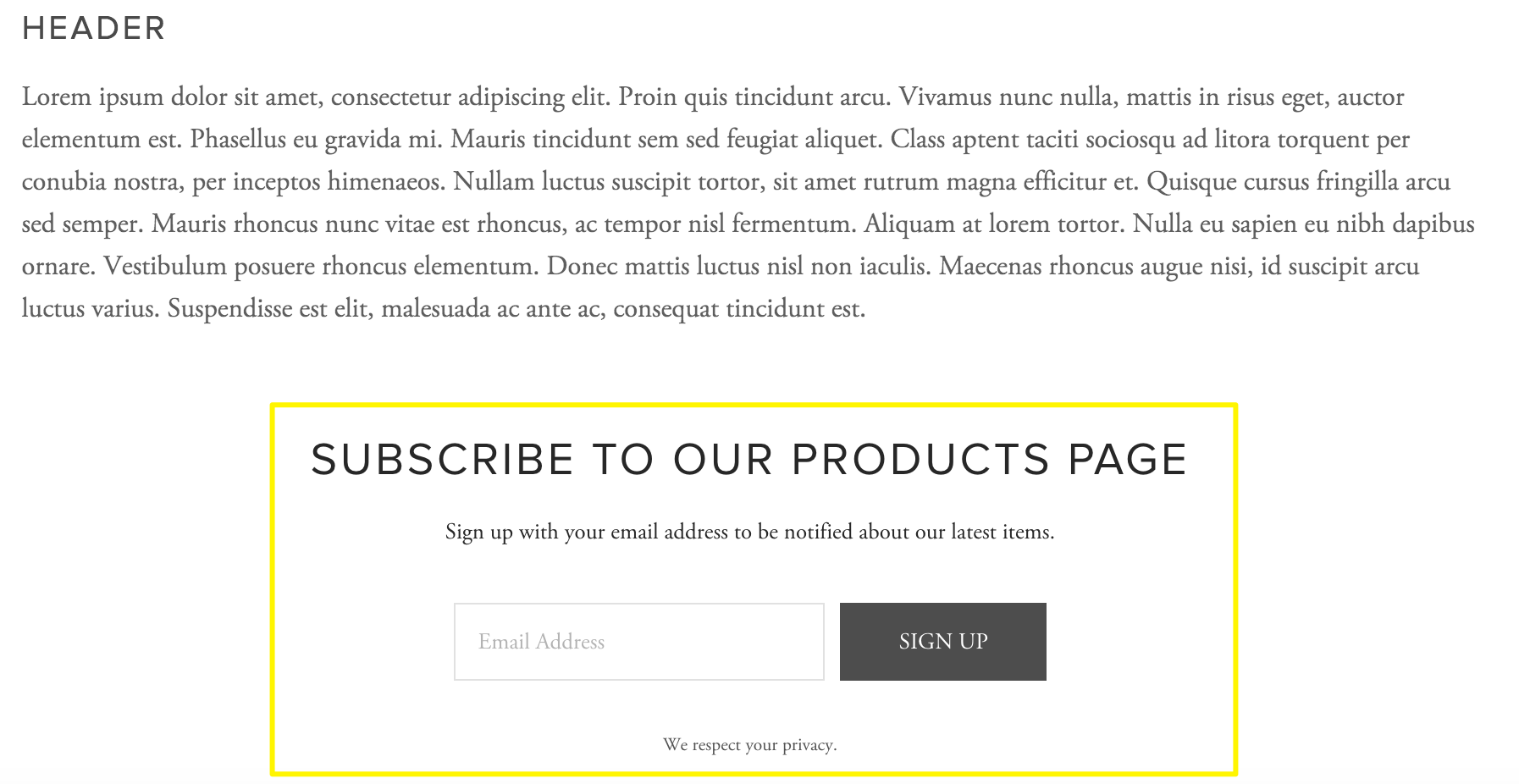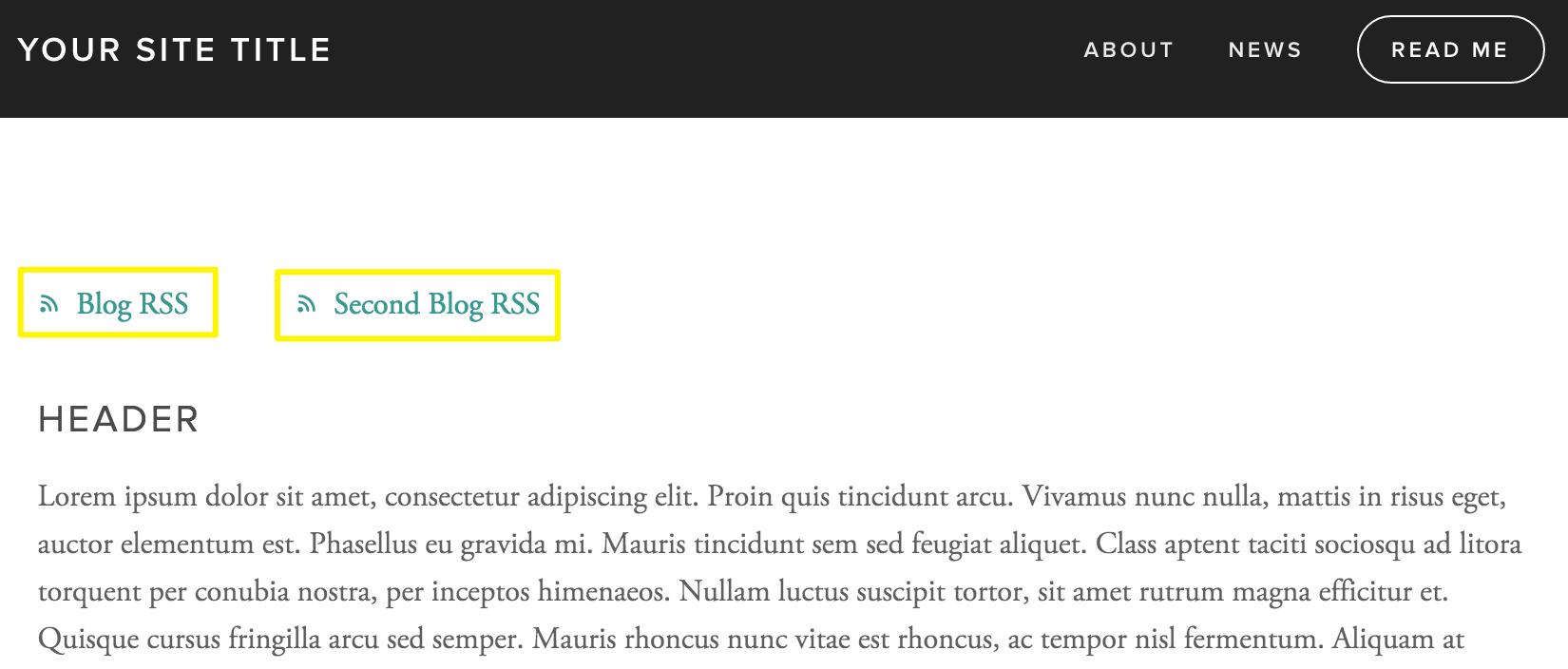
Report: How To Use RSS Feed For Malware Detection
Create email subscriptions, podcast lists, and integrations with news aggregators using RSS feed URLs. RSS feeds provide automatic content delivery and updates from your site to subscribers.
Understanding RSS Feeds
RSS feeds automatically update with your latest content, creating .xml files for:
- Latest 20 items (blog posts, products, events)
- Latest 300 podcasts
Finding Your RSS URL
Add ?format=rss to any blog, events, store, gallery, or album page URL after the page slug.
Note: RSS feeds won't work with site-wide or page passwords enabled.

Email subscription form with yellow button
Email Subscriptions Setup
- Create a Mailchimp list
- Add newsletter/form block to your site
- Connect block to Mailchimp list
- Create RSS Campaign using feed URL
- Link campaign to email list

Website showing two RSS feed options
Common Uses
- Blog Subscriptions:
- Add RSS Block
- Connect with FeedBurner
- Share feed URL for readers like Feedly and Bloglovin'
- Podcasting:
- Set up specialized blog page
- Connect with Apple Podcasts using RSS tags
Troubleshooting Tips
If feed isn't working:
- Verify correct RSS URL format
- Disable passwords
- Ensure site is public and paid
- Check domain connection
- Validate feed using W3C Feed Validation Service
Feed limitations:
- 20 most recent blog posts
- Calendar events show current month only
- Gallery feeds exclude metadata
- Domain changes may affect third-party connections
For reliable RSS feeds, use built-in URLs instead of custom domains.
Related Articles

How to Duplicate Content: A Complete Guide in Squarespace

